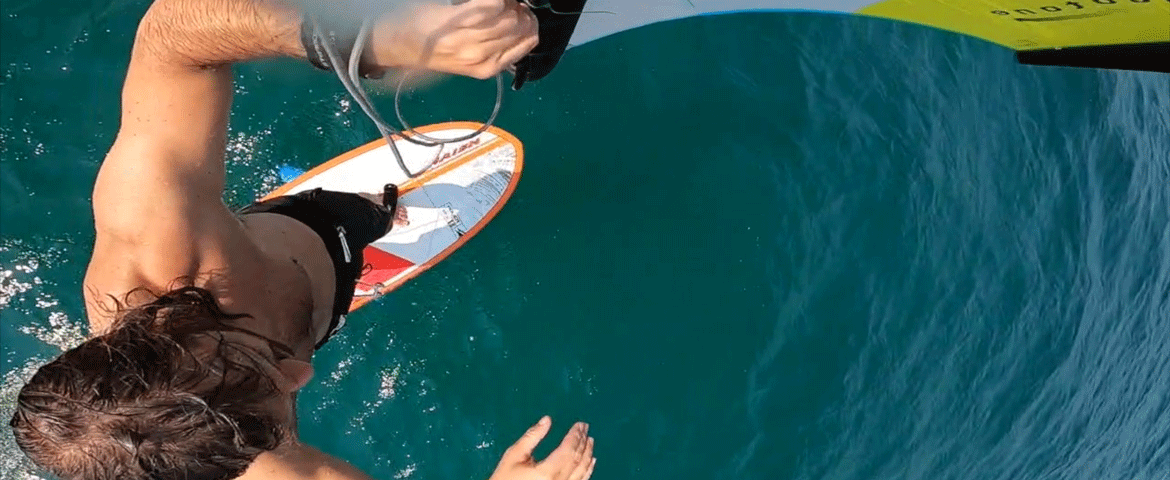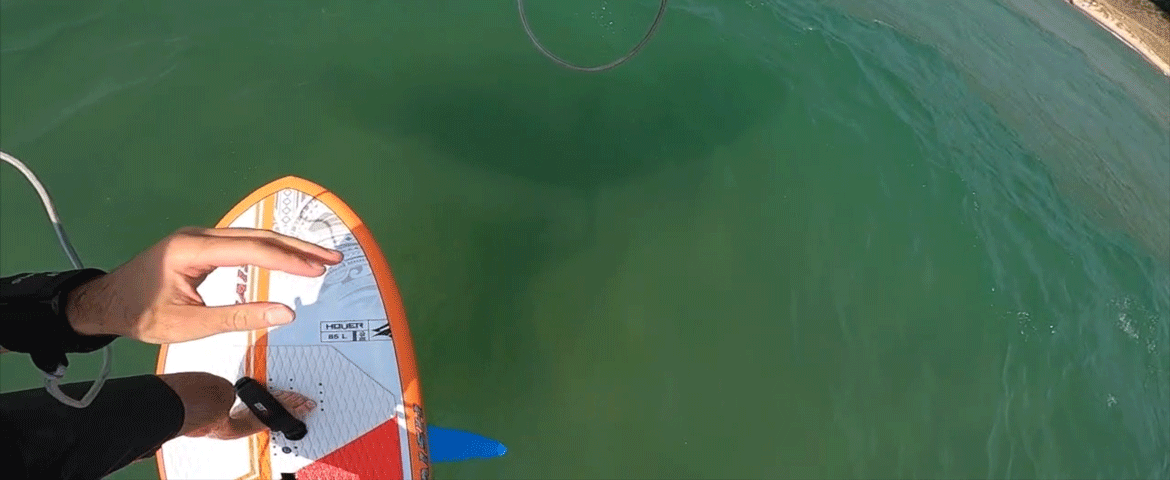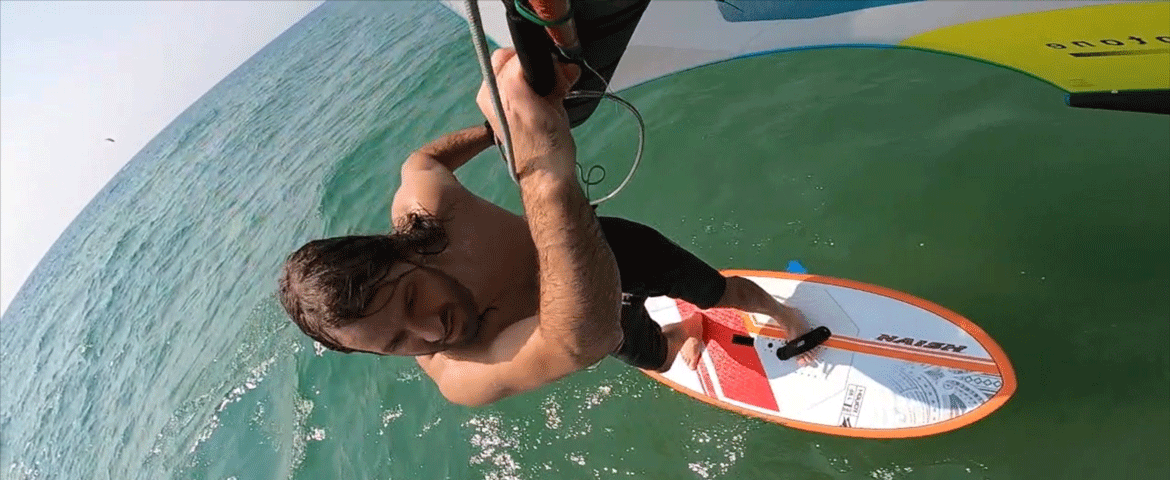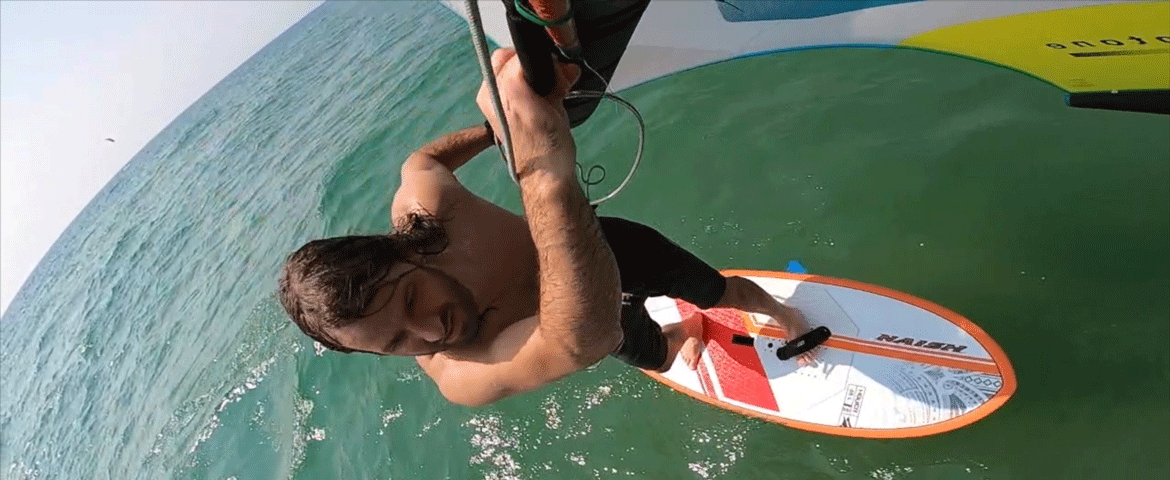GoFoil NL and P180 Ride and Review
We're going to cover the NL & P180 from GoFoil. Here's what you can expect, and what the advantages of choosing one versus the other are.

What you can expect
NL stands for "next level". They are designed for the highest level riding, meaning if you want to go fast, get the most pumping performance, and are looking to get the most performance out of your high aspect wings, these are going to be a good choice.
This is from the P series and the P stands for "pump". If you are into downwind racing, wake foiling, surfing or dock starts, this is the wing to look at. If you're an experienced rider who can do dock starts but wants to take it to the next level and pump further and longer than you thought possible, this is the wing to go for.
If you were to lay these wings out together, they look similar but they do have some significant differences. Let's cover what you can expect and why you might consider one over the other.
First up with the NL series, these are a step up from the GL series that improved upon the original classic series. For me--I'll be honest--I'm an average surf foiler and with the sloppy smaller waves in my home spot, I can't fully appreciate everything the NL series has to offer.

My experience
In regards to surfing, I have to step up a size level to ride them. For me, the GL series' speed range was more fitting for my needs. I'm getting used to it now and starting to love them, but the NL series needs more speed than I typically generate with our waves, hence my choice to size up. Now, with surfing out of the way, I do absolutely love these for wingfoiling. They are super fast and awesome for ripping turns or doing advanced maneuvers. The glide at speed is insane. They glide so fast and so well. This cruising through performance carries over to every other aspect of wing foiling. These are in fact my favorite wings for the sport.

GoFoil NL 220 & 190
The 220 is more my lightwind wing. If you know how to pump a wing, it has enough low end lift to get started in mediocre wind.
The 190 is my go-to once it hits the mid to upper teens. It's the next step in speed and maneuverability. It's higher aspect and thinner, so while the wingspan looks the same, you're gaining more surface area with the 220.
For their wingspan, they bank and roll into turns impressively well. I assumed there would be some delay but was pleasantly surprised to find that not to be the case.
The smaller sizes are awesome for kitefoiling or smaller riders, something the previous generations of GoFoil lacked, being more surf-oriented. I'm stoked to see these options because now if you are a kiter, a wingsurfer and foil surfer you can share your mast and stabilizers and fuselages in the GoFoil system.

GoFoil P180
This is the highest aspect wing they make. Its blade-like, flat, thin, mild anhedral curve is designed for maximum efficiency. It's going to get you up, allow you to build speed, and keep that speed with minimal input. If you want max glide and ride for your energy level with dock-starting, pumping and so on, this is as good as it gets. If you're a newer rider there will be a learning curve. It requires more time on the water to get used to finessing this wing. It takes a specific cadence to be successful. Now, for wingfoiling it's a great choice as well. It's efficient, it carries speed, it glides for days, but it lacks the low end lift and directional stability that you would get with the NL series.
Written and produced by Tucker & Rygo
Tucker Vantol
Mackite's resident surf and "Hydrofoil junkie." You can either catch him on the phones or on the water at dawn testing new gear. He is proficient at a myriad of sports, a shaper and passionate about getting his water time. When he discovered kiteboarding it took over as his predominate sport. The same could be said about hydrofoiling.
Recent Posts
-
Kiteboarding Tricks | How To Do A Backroll Hat Drag
You can use a little creativity to switch up even the more basic tricks and add a little f …26th Jul 2024 -
KT Ginxu Step-Bottom and Foil Drive Systems | A Perfect Match?
The step-bottom feature of the KT Ginxu foilboards is a big help in releasing the surface te …24th Jul 2024 -
Starboard Ace Air Inflatable Wing Foilboard Review
It's Wing Wednesday, and today Tucker's got an inflatable foilboard, the 2024 Starboard Ace …23rd Jul 2024




